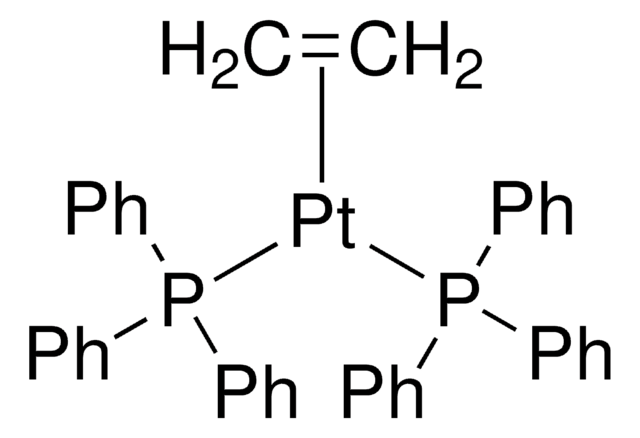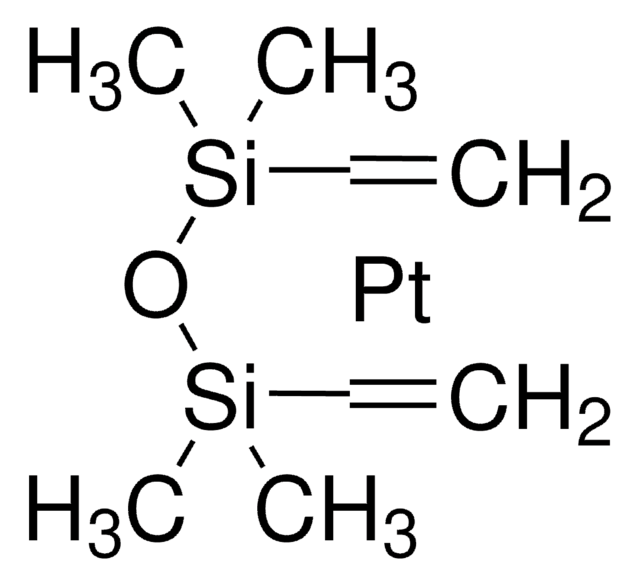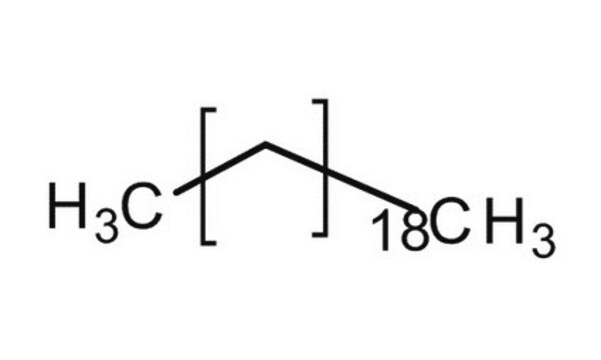286052
Heneicosane
98%
Sinónimos:
n-Heneicosane
About This Item
Productos recomendados
densidad de vapor
10.3 (vs air)
Nivel de calidad
presión de vapor
<1 mmHg ( 20 °C)
Ensayo
98%
Formulario
solid
bp
100 °C/2 mmHg (lit.)
356.1 °C/760 mmHg
mp
39-41 °C (lit.)
cadena SMILES
CCCCCCCCCCCCCCCCCCCCC
InChI
1S/C21H44/c1-3-5-7-9-11-13-15-17-19-21-20-18-16-14-12-10-8-6-4-2/h3-21H2,1-2H3
Clave InChI
FNAZRRHPUDJQCJ-UHFFFAOYSA-N
¿Está buscando productos similares? Visita Guía de comparación de productos
Categorías relacionadas
Descripción general
Código de clase de almacenamiento
11 - Combustible Solids
Clase de riesgo para el agua (WGK)
WGK 3
Punto de inflamabilidad (°F)
235.4 °F - closed cup
Punto de inflamabilidad (°C)
113 °C - closed cup
Equipo de protección personal
Eyeshields, Gloves, type N95 (US)
Elija entre una de las versiones más recientes:
¿Ya tiene este producto?
Encuentre la documentación para los productos que ha comprado recientemente en la Biblioteca de documentos.
Los clientes también vieron
Global Trade Item Number
| Número de referencia del producto (SKU) | GTIN |
|---|---|
| 286052-10G | 4061826259702 |
| 286052-1G | 4061826259719 |
Nuestro equipo de científicos tiene experiencia en todas las áreas de investigación: Ciencias de la vida, Ciencia de los materiales, Síntesis química, Cromatografía, Analítica y muchas otras.
Póngase en contacto con el Servicio técnico














